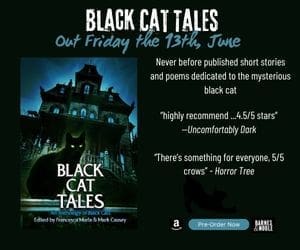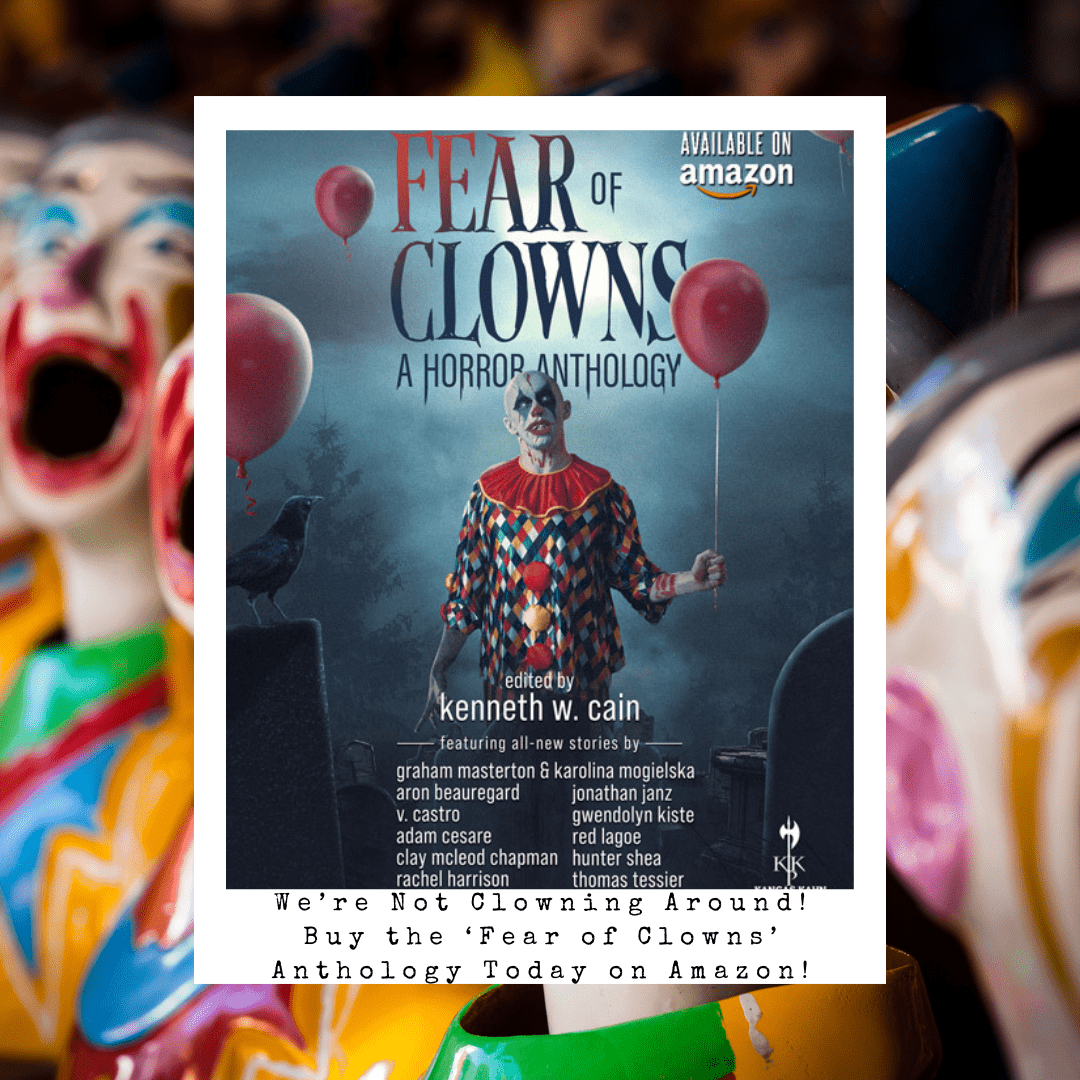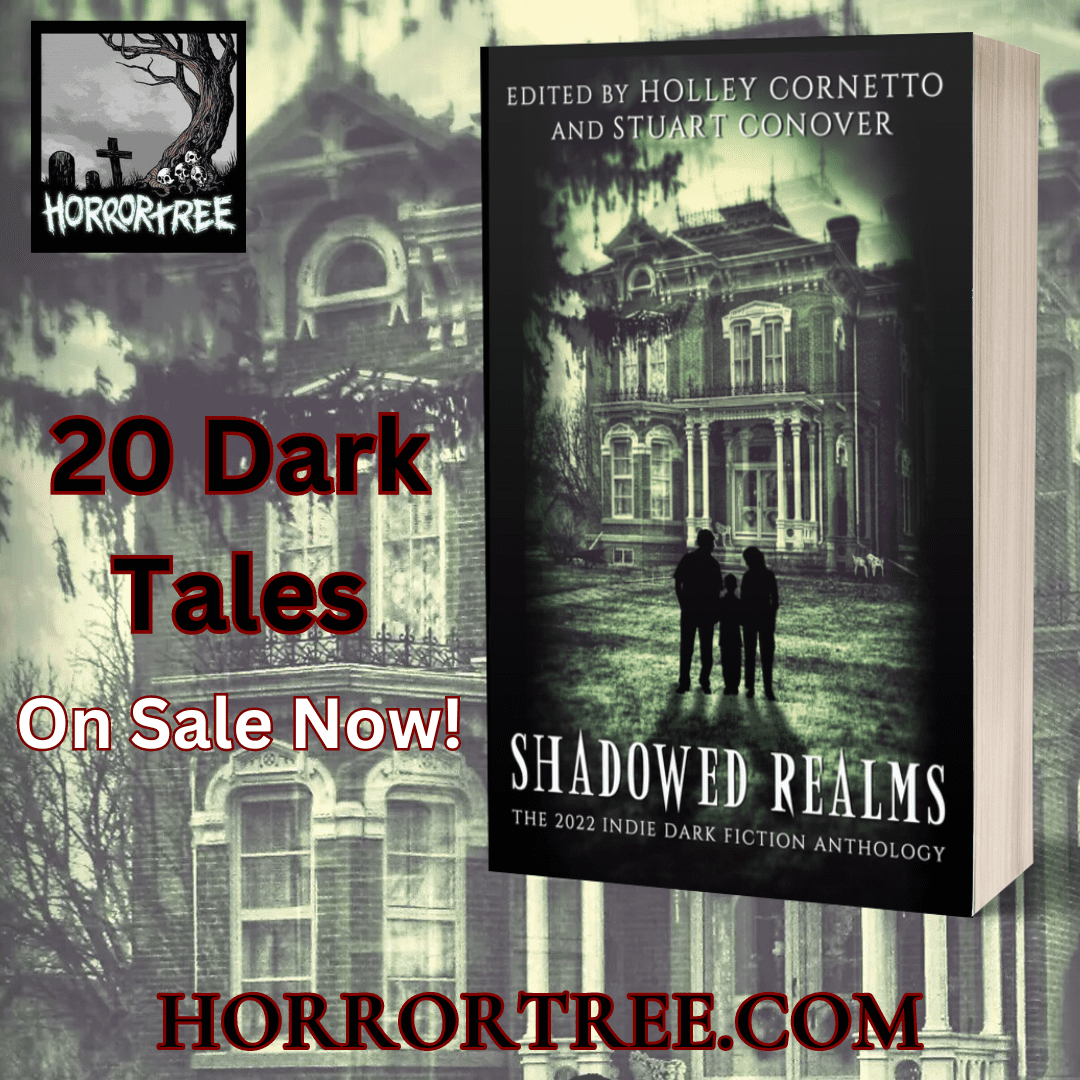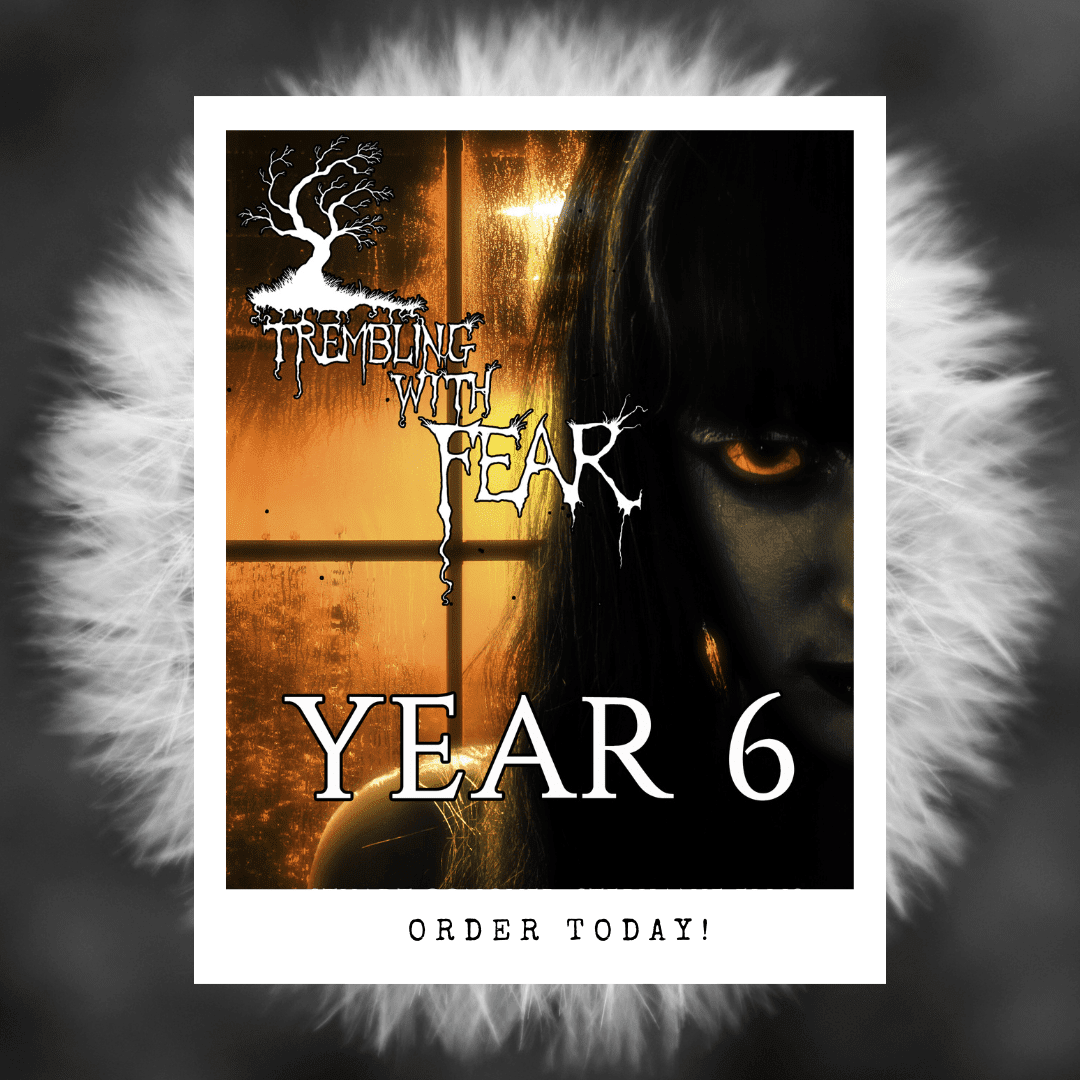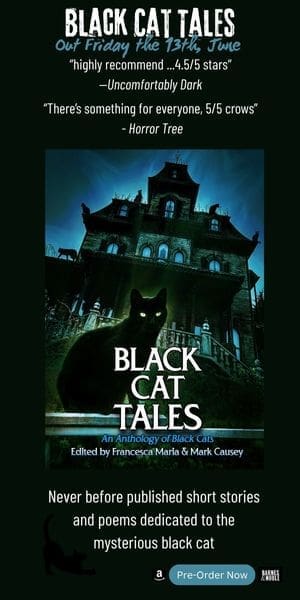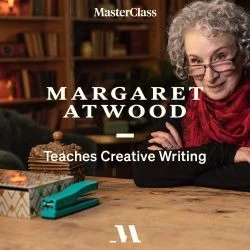William Hjortsberg’s ‘Falling Angel’ Lasting Impact On Horror
 In 1978 William Hjortsberg produced a novel based on one of those ideas so obvious that you wonder why it hadn’t been done before. The novel was Falling Angel, and Hjortsberg innovatively combined the hard-boiled detective genre with the horror one, or as Stephen King so aptly put it, the result was if “Raymond Chandler wrote The Exorcist.”
In 1978 William Hjortsberg produced a novel based on one of those ideas so obvious that you wonder why it hadn’t been done before. The novel was Falling Angel, and Hjortsberg innovatively combined the hard-boiled detective genre with the horror one, or as Stephen King so aptly put it, the result was if “Raymond Chandler wrote The Exorcist.”
Like skilled horror writers, Hjortsberg grounds the novels in realism. Harry Angel (every character has a unique and revealing name) is a private eye in 1959 New York who is hired by a bizarre character named Louis Cyphre to find a missing pre-World War II crooner named Johnny Favorite. Cyphre enigmatically wants to collect on a debt Favorite owed Cyphre for helping the singer with his career.

 The sympathetic portrayal of Dracula as pining for a lost love, and finding her in the reincarnated form of Mina Murray, is so embedded in our culture that it may come as a surprise that this is an invention of screenwriters and not Bram Stoker.
The sympathetic portrayal of Dracula as pining for a lost love, and finding her in the reincarnated form of Mina Murray, is so embedded in our culture that it may come as a surprise that this is an invention of screenwriters and not Bram Stoker.
